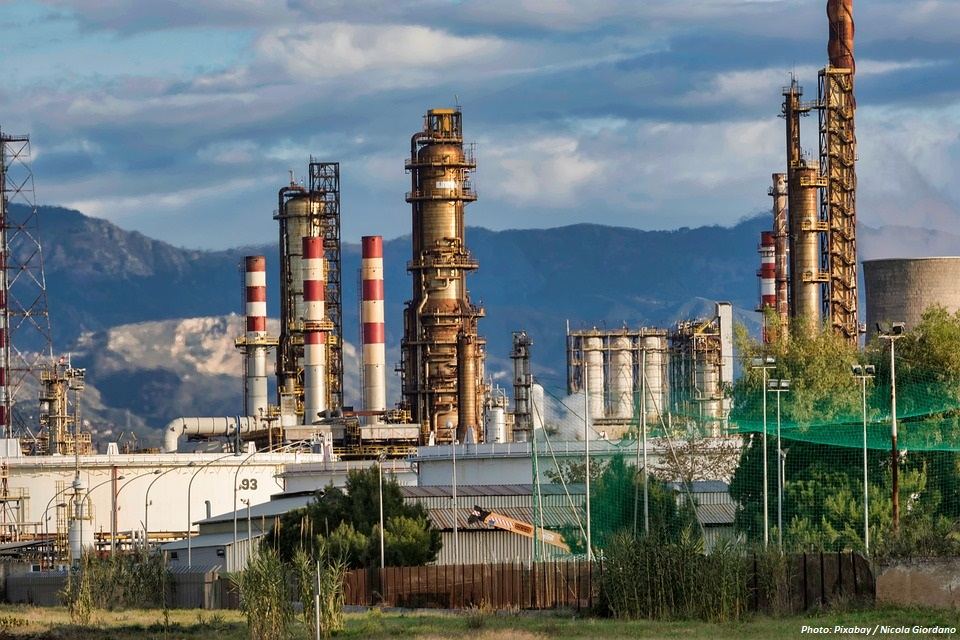BAKU, Azerbaijan, May 25. In a promising development for the oil and gas industry, upstream capital expenditure witnessed a remarkable 11 percent surge in 2022, Trend reports.
Building on this momentum, early estimates by the International Energy Agency (IEA) project a further 7 percent increase in upstream spending for 2023, surpassing the significant milestone of $500 billion.
Investment decisions in the sector have become more rigorous, with companies applying a stringent set of criteria to filter potential opportunities. Notably, investments with a competitive cost structure and low emission intensities are highly sought after. Deepwater projects, such as those in Guyana, the US Gulf Coast, Brazil, and emerging producer Namibia, which has experienced substantial discoveries in recent years, are garnering considerable attention from investors due to their favorable metrics.
Rapid project development cycles have emerged as another priority for industry players. On a global scale, conventional projects typically take three to five years from the Final Investment Decision (FID) stage to commence production. However, leveraging standardized designs and existing infrastructure holds the potential to reduce both development costs and timelines. Despite industry efforts to achieve this, there is limited evidence thus far of a significant structural reduction in project timelines.
Geopolitical risk has taken on heightened significance in light of the ongoing energy crisis. Companies and potential importers are placing increased emphasis on securing "trustworthy barrels," particularly those that can be delivered swiftly. Even countries actively pursuing energy transitions are adopting an energy security lens when evaluating upstream investments.
While the surge in upstream spending is undoubtedly positive, a closer analysis reveals that a portion of the increase can be attributed to rising upstream costs. Accounting for these escalating costs, the actual rise in activity amounts to approximately half of the headline increase in upstream investment. Factors contributing to the increased costs include higher margins for service companies, elevated expenses for drill pipes, casings, tubing, and proppants, as well as modestly higher labor, cement, and electricity costs. Notably, the US shale industry is grappling with a persistent labor shortage in the Permian Basin, its primary production area, making it challenging to fill mechanical and electrical positions with local residents.
The surge in upstream oil and gas capital expenditure, coupled with the industry's focus on cost competitiveness, emission reduction, and expedited development cycles, indicates a positive outlook for the sector. As the energy landscape continues to evolve, stakeholders are keenly observing these trends and adapting their strategies accordingly to navigate the ever-changing dynamics of the global oil and gas market.





